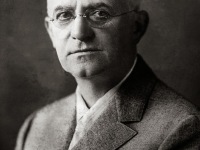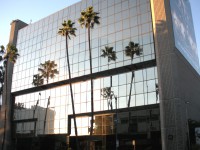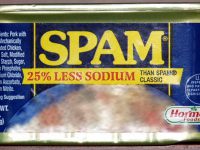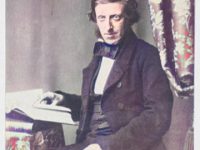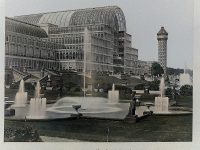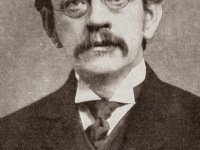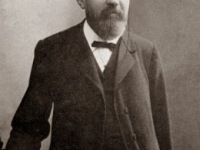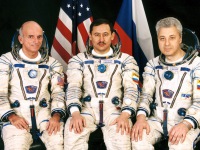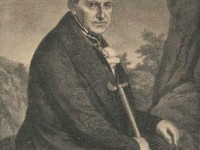You Press the Button and We Do the Rest – George Eastman revolutionized Photography
On May 5, 1885, George Eastman filed a patent for a “Roll Holder for Photographic Films“, which was the first film in roll form to prove practicable. Based on his newly invented roll film and a rather simple camera for that film, he established the Eastman Kodak Company, in Rochester, New York. It was one of the first firms to mass-produce standardized photography equipment. Roll Film Ok, please hold on before you…
Read more

